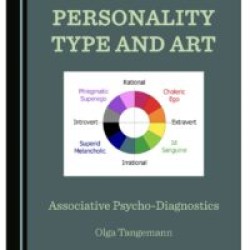Duality interaction is generally rewarding and satisfying for both parties, providing inspiration and support. Duality is a central theme of the philosophy of socionics study: Augusta often stated her position that a person who is estranged from contact with a dual partner must cope by unnaturally distorting their personality, a phenomenon called “type masking”. Relationships with conflictor types are cited as particularly troublesome: it is not uncommon for a person in a close relationship with their conflictor to develop an acute neurotic condition.
Socionics postulates that the way information is communicated between different types results in different interaction styles, called intertype relations. Each intertype relation has its bad and good qualities, though duality is generally considered to be the most psychologically comfortable as a long-term relationship. In total there are 16 relationship roles for each type (14 when not counting the split roles in the supervision and benefit relationship). All relations beside Request and Supervision are symmetric.
Blocks and functions of the model A
You learned previously about the general B-model (Butterfly) and the functions which are named by the name of the blocks of this model (Ego, Id, Superid and Superego). In the model A there are the same psychic blocks, structured in the same way but the order of the functions in blocks will be different for each of the 16 types. For example, Ego functions for the B-model will be always the same – Fe and Te. For each of the 16 types there will be different functions in the Ego block of model A on the positions of programme and creative functions. In this article the reference is made only to the blocks of model A:
Ego: programme & creative
Superego: vulnerable & role
Id: restricting & background
Superid: mobilizing & suggestive
TPE groups: Duals within TPE system belong either to rational (Ego+ Superego) or irrational (Id+ Superid) groups and do not mix. This way they strengthen each other’s J or P typological attribute and a TPE profile (read more about TPE profile ).
Ego+ Superego:
|
ESE |
LII |
|
EIE |
LSI |
|
LIE |
ESI |
|
LSE |
EII |
Id+ Superid:
|
ILE |
SEI |
|
SLE |
IEI |
|
SEE |
ILI |
|
IEE |
SLI |
|
ILE |
SEI |
ESE |
LII |
EIE |
LSI |
SLE |
IEI |
SEE |
ILI |
LIE |
ESI |
LSE |
EII |
IEE |
SLI |









